American, 1894. Oil on wood artist's palette. Housed in a wood and glass frame; each vignette signed; dated '94 on John Rettig's vignette; 11.25 x 15.5 in. (palette size). A rare and outstanding painter's palette decorated with miniature paintings by twelve prominent Cincinnati artists, including, from left to right, top to bottom: Avery Sharp (active late 19th century), Arthur Le Boutillier (active 1880s-early 20th century), Kataro Shirayamadani (1865-1925), Edward Potthast (1857-1927), Henry Farny (1847-1916), Thomas Corwin Lindsay (active 1858-early 20th century), Charles Webber (1825-1911), John Rettig (1858-1932), Albert Valentien (1862-1925), Martin Rettig (active late 19th-mid 20th century), Lewis Henry Meakin (1850-1917), and John Reilly (1858-1931). The Cincinnati Art Club was founded in 1890 by thirteen acclaimed local artists, with John Rettig serving as its first president. The club’s primary mission, as listed in its constitution, was to “promote the knowledge and appreciation of art” and to provide artists with a reputable venue to exhibit their work. In order to raise money and achieve these goals more successfully, the club would organize annual “tambolas,” a term derived from the Italian word “tombola” meaning “raffle.” During such events, panels decorated by various club members were offered as prizes. One such example, featuring the work of twenty-nine artists, is on long term loan in the Cincinnati Wing of the Cincinnati Art Museum, and is regarded as a local treasure. This panel now constitutes a precious addition to the artistic legacy of the Art Club. As one of only two panels known to still be in existence today, this palette is of exceptional historical significance, especially since it was painted in 1894, three years earlier than its counterpart at the museum. It is the earliest tambola panel extant and possibly the first. An insight into such panels is derived from a discussion between several artists in 1964, after the discovery of the 1897 panel, and its value was already deemed contingent on "how many of these panels were painted and sold." Creatively converting the painter’s main tool, a palette, into an artistic support, this panel offers a condensed, though detailed, overview of the growing and diverse talents that flourished in Cincinnati at the turn of the twentieth century and that would deeply influence subsequent generations of artists not only locally, but also nationally and internationally. The twelve artists who decorated this tambola panel were all "first generation" Cincinnati artists and contemporaries of Frank Duveneck some of them founding members of the Art Club. As such, they contributed immensely to the artistic development of the region. As local lore has it, the panel would have been passed around among Art Club members, with each artist painting a small scene typical of their style. The vignettes were executed by the following artists: • Henry Farny was born in Ribeauville, France, but moved to America at the age of five. In 1858, he arrived in Cincinnati where he settled and became one of its most celebrated artists, known primarily for his iconic portrayal of the American West. The encampment scene here is actually a rare example of his work in oil, and Farny was no stranger to minuscule paintings. Cincinnati collectors jokingly regard Farny as the most expensive American artist per square inch. • Arthur LeBoutillier was a miniature painter, in addition to being a surgeon. • Thomas Corwin Lindsay a native of Cincinnati, was known for his landscapes. • Lewis Henry Meakin, a landscape painter as well, was a founding member of the Cincinnati Art Club and studied under Thomas S. Noble. It appears that Meakin was responsible for his marine scene, but also the creative manner in which that scene is tied into the splatter along the exterior, as well as the heavy dabs of color. He may well have been the last hand to complete the panel. • Edward Potthast, a major American impres
American, 1894. Oil on wood artist's palette. Housed in a wood and glass frame; each vignette signed; dated '94 on John Rettig's vignette; 11.25 x 15.5 in. (palette size). A rare and outstanding painter's palette decorated with miniature paintings by twelve prominent Cincinnati artists, including, from left to right, top to bottom: Avery Sharp (active late 19th century), Arthur Le Boutillier (active 1880s-early 20th century), Kataro Shirayamadani (1865-1925), Edward Potthast (1857-1927), Henry Farny (1847-1916), Thomas Corwin Lindsay (active 1858-early 20th century), Charles Webber (1825-1911), John Rettig (1858-1932), Albert Valentien (1862-1925), Martin Rettig (active late 19th-mid 20th century), Lewis Henry Meakin (1850-1917), and John Reilly (1858-1931). The Cincinnati Art Club was founded in 1890 by thirteen acclaimed local artists, with John Rettig serving as its first president. The club’s primary mission, as listed in its constitution, was to “promote the knowledge and appreciation of art” and to provide artists with a reputable venue to exhibit their work. In order to raise money and achieve these goals more successfully, the club would organize annual “tambolas,” a term derived from the Italian word “tombola” meaning “raffle.” During such events, panels decorated by various club members were offered as prizes. One such example, featuring the work of twenty-nine artists, is on long term loan in the Cincinnati Wing of the Cincinnati Art Museum, and is regarded as a local treasure. This panel now constitutes a precious addition to the artistic legacy of the Art Club. As one of only two panels known to still be in existence today, this palette is of exceptional historical significance, especially since it was painted in 1894, three years earlier than its counterpart at the museum. It is the earliest tambola panel extant and possibly the first. An insight into such panels is derived from a discussion between several artists in 1964, after the discovery of the 1897 panel, and its value was already deemed contingent on "how many of these panels were painted and sold." Creatively converting the painter’s main tool, a palette, into an artistic support, this panel offers a condensed, though detailed, overview of the growing and diverse talents that flourished in Cincinnati at the turn of the twentieth century and that would deeply influence subsequent generations of artists not only locally, but also nationally and internationally. The twelve artists who decorated this tambola panel were all "first generation" Cincinnati artists and contemporaries of Frank Duveneck some of them founding members of the Art Club. As such, they contributed immensely to the artistic development of the region. As local lore has it, the panel would have been passed around among Art Club members, with each artist painting a small scene typical of their style. The vignettes were executed by the following artists: • Henry Farny was born in Ribeauville, France, but moved to America at the age of five. In 1858, he arrived in Cincinnati where he settled and became one of its most celebrated artists, known primarily for his iconic portrayal of the American West. The encampment scene here is actually a rare example of his work in oil, and Farny was no stranger to minuscule paintings. Cincinnati collectors jokingly regard Farny as the most expensive American artist per square inch. • Arthur LeBoutillier was a miniature painter, in addition to being a surgeon. • Thomas Corwin Lindsay a native of Cincinnati, was known for his landscapes. • Lewis Henry Meakin, a landscape painter as well, was a founding member of the Cincinnati Art Club and studied under Thomas S. Noble. It appears that Meakin was responsible for his marine scene, but also the creative manner in which that scene is tied into the splatter along the exterior, as well as the heavy dabs of color. He may well have been the last hand to complete the panel. • Edward Potthast, a major American impres
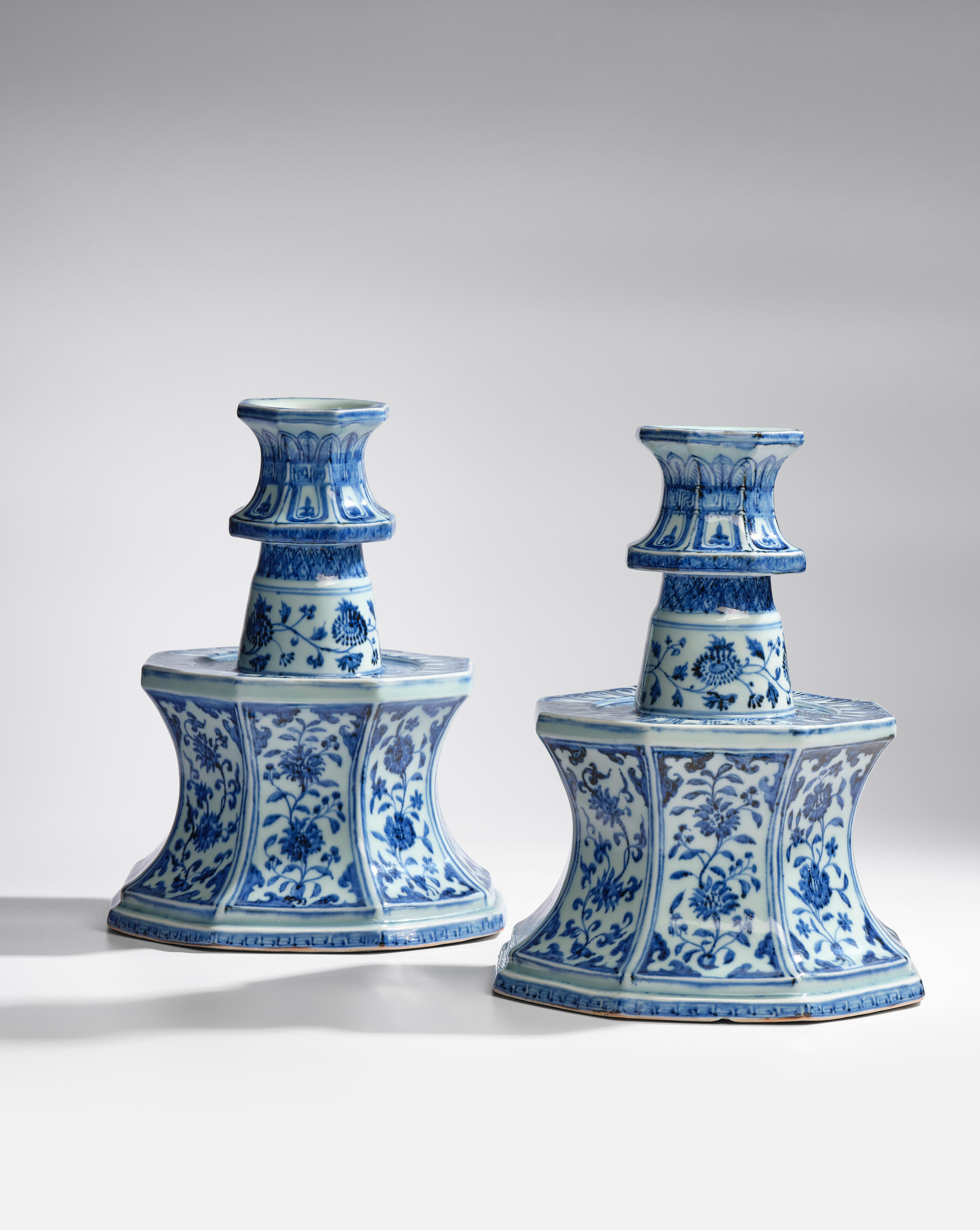

.jpg)
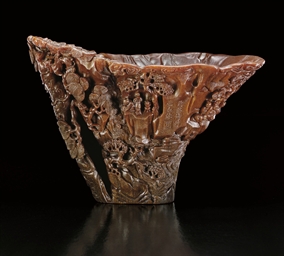

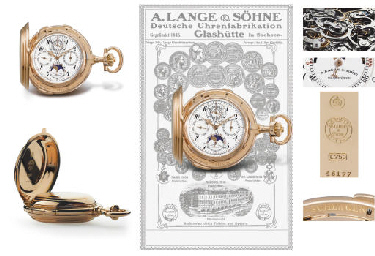
.jpg)
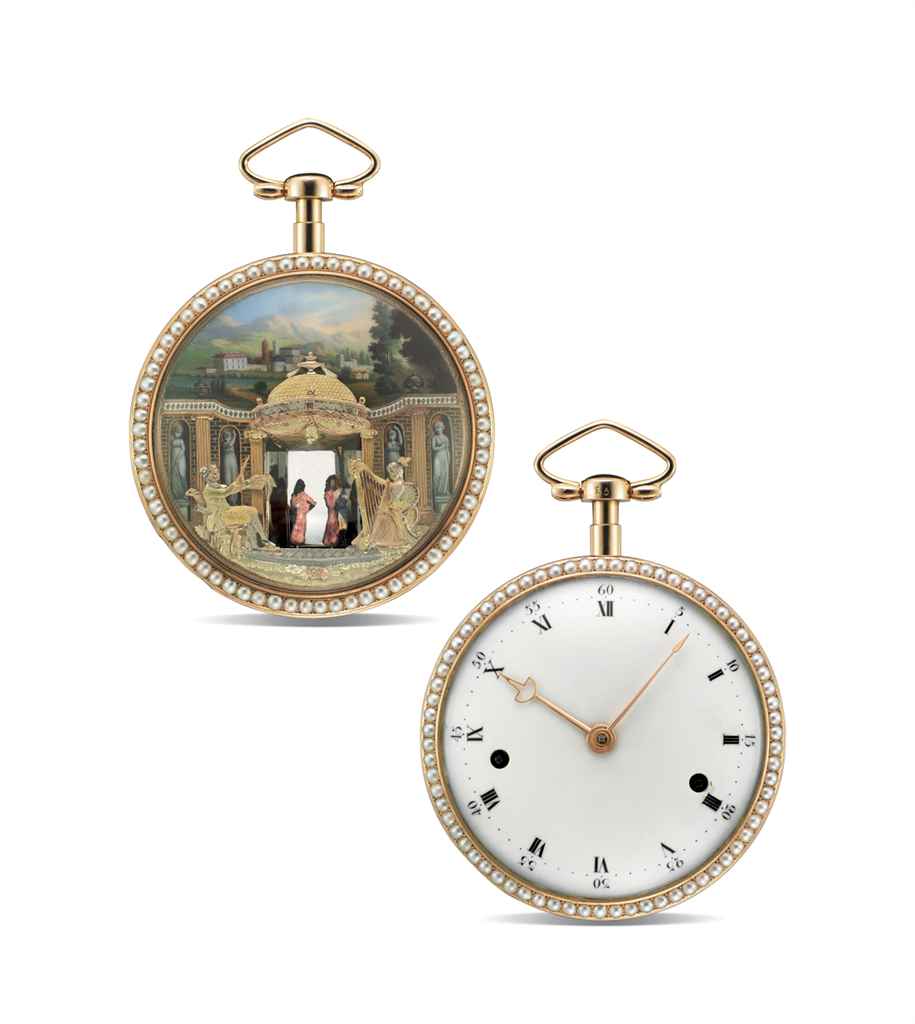
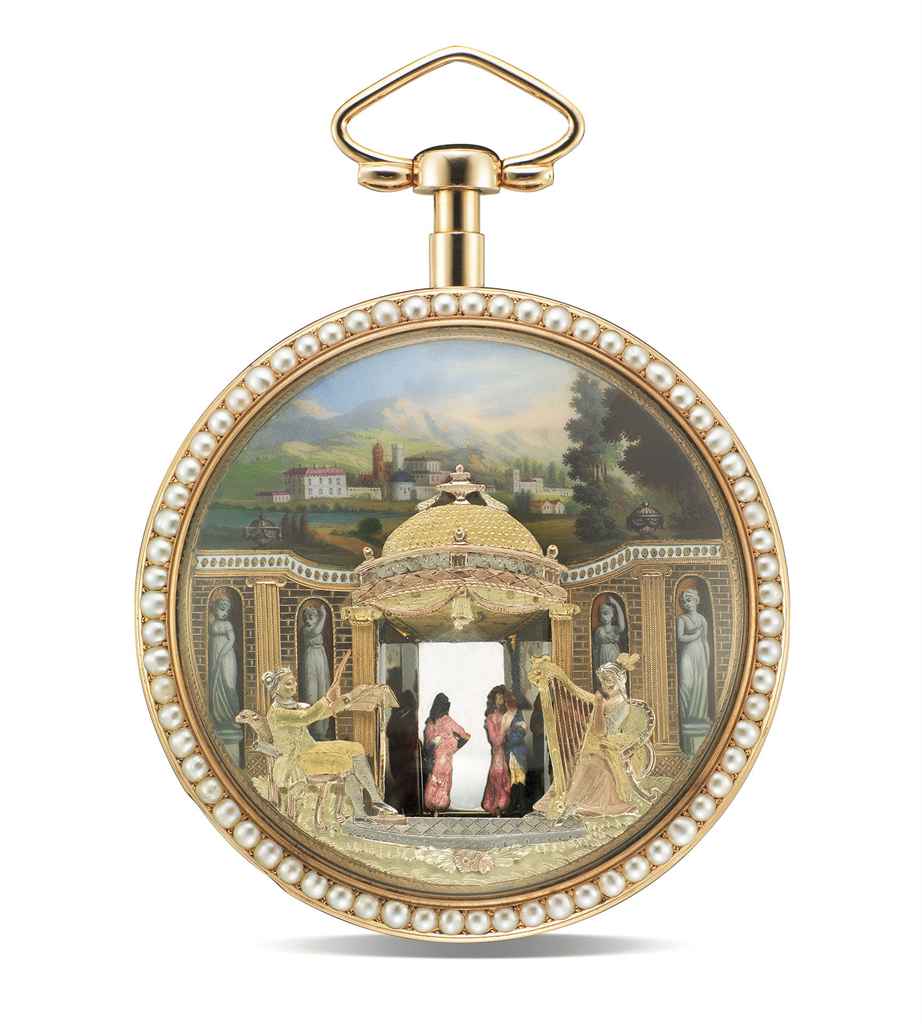


.jpg)
.jpg)


Testen Sie LotSearch und seine Premium-Features 7 Tage - ohne Kosten!
Lassen Sie sich automatisch über neue Objekte in kommenden Auktionen benachrichtigen.
Suchauftrag anlegen